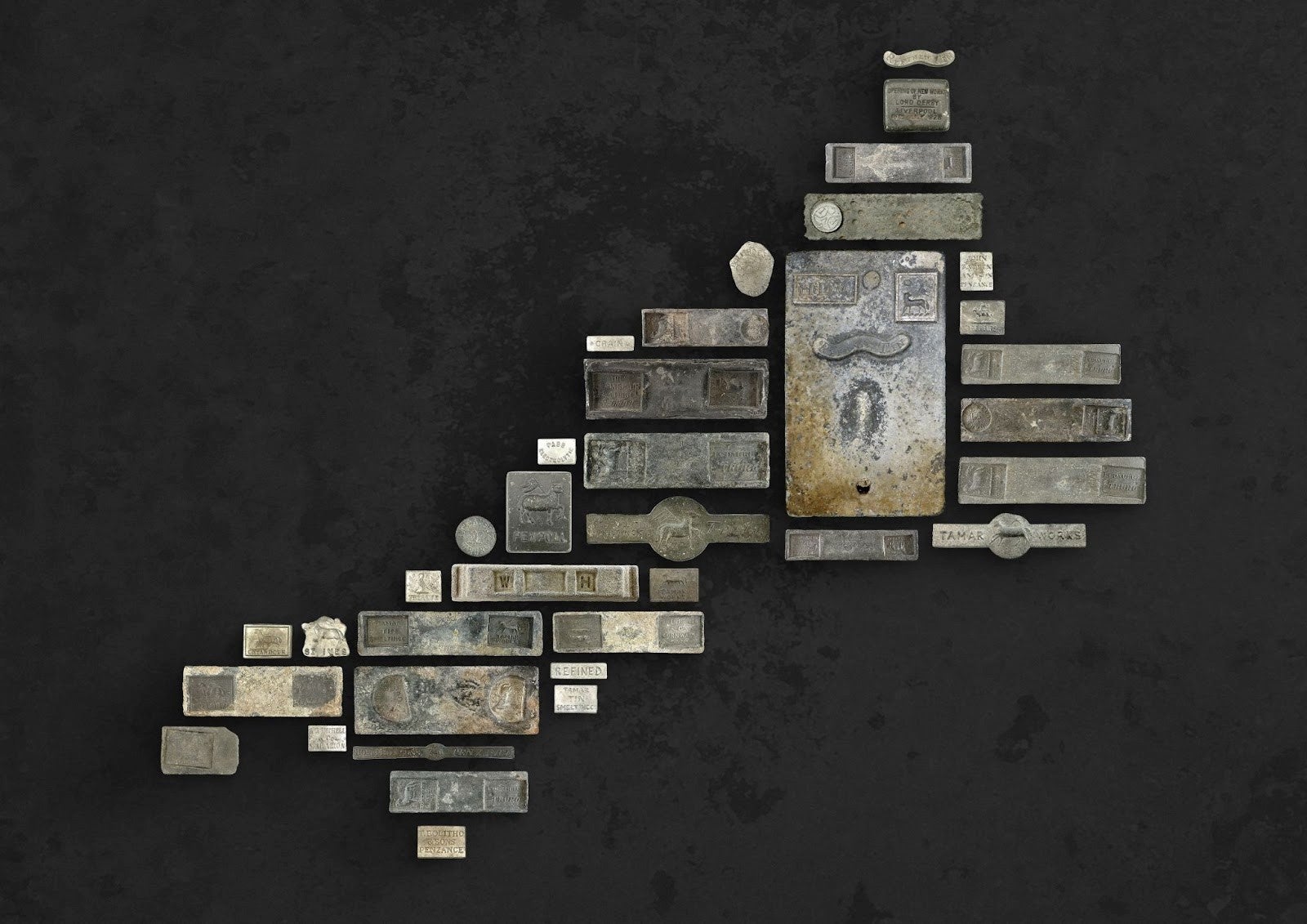Ingot recovered from wreck that killed William Wordsworth’s brother to be sold
The loss of his brother John when the HMS Abergavenny sank in 1805 inspired the famous poet to write three elegies to help him cope with his grief.

Your support helps us to tell the story
From reproductive rights to climate change to Big Tech, The Independent is on the ground when the story is developing. Whether it's investigating the financials of Elon Musk's pro-Trump PAC or producing our latest documentary, 'The A Word', which shines a light on the American women fighting for reproductive rights, we know how important it is to parse out the facts from the messaging.
At such a critical moment in US history, we need reporters on the ground. Your donation allows us to keep sending journalists to speak to both sides of the story.
The Independent is trusted by Americans across the entire political spectrum. And unlike many other quality news outlets, we choose not to lock Americans out of our reporting and analysis with paywalls. We believe quality journalism should be available to everyone, paid for by those who can afford it.
Your support makes all the difference.A rare ingot of Cornish tin salvaged from the shipwreck that killed the brother of poet William Wordsworth will be put up for auction this week.
The 56lb ingot was recovered from the wreck of the HMS Abergavenny, which sank of the coast of Portland, Dorset, in February 1805 with the loss of 260 lives.
Among them was Captain John Wordsworth.
The ship had been part of a convoy of vessels belonging to the East India Company bound for China, but became stranded on the Shambles sandbank in bad weather shortly after setting off.
The loss of his brother prompted William Wordsworth to write three elegies between May and July of 1805 titled “To the Daisy”, “I only look’d for pain and grief” and “Distressful gift! this Book receives”.
The second poem includes the line: “Sea, Ship, drown’d, shipwreck—so it came, the meek, the brave, the good was gone; he who had been our living John was nothing but a name.”
The ingot is one of a number of similar items salvaged from wrecks due to be sold by David Lay Auctions in Penzance on Thursday, and has an estimate of between £2,500 and £3,000.
Also up for sale are two tin ingots from the SS Liverpool, which went down off the coast of Anglesey in January 1863 after setting sail from Cornwall.
She collided with another vessel, La Plata, that was bound for Lima in Peru.
A further 10 ingots up for sale were recovered from the SS Cheerful, which sank after colliding with the HMS Hecla in July 1885.
The collision occurred about 15 miles off Land’s End and saw the loss of 10 passengers and three crew.
Between the 1700s and the 1800s Cornwall’s rich seams of tin and copper made it one of the wealthiest mining areas in the world.